What is Figurative Language?Have you ever been told to "get your head out of the clouds"? How about "hold your horses"? Can you just imagine what a person who is new to the English language must be thinking when they hear these expressions? I really didn't think too much about it until I had a student in my class who was a very literal thinker. I had no idea just how many different times during the day we used figurative language in the classroom. We are so accustomed to it, that we don't even realize that we are using it. There are several types of figurative language. Today I am going to focus on idioms and some fun figurative language activities for kids. What is an idiom?According to the dictionary, an idiom is an expression that cannot be understood from the meanings of its separate words but that has a separate meaning of its own. For example: when we say that someone has "ants in their pants" we don't really mean that they have ants crawling around in their pants. Instead, we are referring to them being wiggly and having trouble sitting still. Here are a few other common idioms: full of beans sick as a dog a dime a dozen back to the drawing board once in a blue moon spill the beans down to the wire in hot water play it by ear raining cats and dogs in a pickle There are many more, but I think you get the idea. My daughter-in-law is Korean, and when she moved to Canada, she was often confused by the expressions we used. She would ask me what I meant when I said something that didn't fit with what the words said. This made me more aware of what I was saying. She has been here for six years now, so she is comfortable with the way we talk and often uses figurative language herself. Back to the student I had who was a literal thinker. I introduced him and my class to the Amelia Bedelia books. The author, Peggy Parish, had a wonderful way of helping us understand how much we use expressions when speaking. The character Amelia Bedelia did everything as literally said which led to some very comical situations. The children loved the way she reacted and they found it amusing to see how she would behave in each situation. My literal student began to understand that sometimes when we say something, it might have a different meaning than the words used. Fun Figurative Language Activities Using IdiomsHere are some activities that worked well with my students. You might like to try them with yours. 1. Create an idiom booklet Out of this situation, a new activity was born. We began a study on idioms and started to collect a list of expressions that we found in the books and in our daily conversations. Our goal was to come up with 100 since hundreds day was coming up soon. Needless to say, we could barely get a word out without someone saying "idiom". It was fun for the class, but it also had the potential to distract us from other things we were working on. We had to start making some guidelines to keep it in check. Once we had our expressions, we decided to do some activities with them. We created a class idiom booklet and each person was given 4 or 5 idioms to illustrate for the booklet. This booklet was a favourite for free reading time and barely lasted throughout the year because of its popularity. 2. Use Idiom task cards for a center activity I created some idiom task card games that we were able to play in small groups or as center activities. I used the theme of turning lemons into lemonade for these cards. You can check them out here. The following year, I created another set of task cards. It is called Figurative Language Task Cards. You can check it out here. 3. Use Amelia Bedelia stories to study figurative language The Amelia Bedelia series of books was very popular with all my students. Herman Parish, a nephew of Peggy Parish, continued her legacy with Amelia Bedelia and wrote some simple readers and some chapter books about Amelia's childhood. These books provided me with enough differentiated material on the same character for everyone in my class to read. We were able to study the characters, learn about idioms, and work on our reading skills at the same time. 4. Try out this activity for Good Work, Amelia Bedelia When I retired, I continued to work with small reading groups at my school. I found that the Amelia Bedelia books were still a good fit for some of the guided reading groups I was working with. I created an activity to go along with the Good Work, Amelia Bedelia book to use here. If you would like to find out more or get your own copy, check it out here. 5. What does the idiom mean? I have been thinking a lot about language lately, and I decided to create another idiom activity. It includes 39 different idioms with 10 of them that have two different images, so 49 pages in all. I have also created a small sampler of it that you can get here by clicking on the image. So there you have a few ideas for using idioms in your classroom. I hope your students have as much fun as mine did. Don't forget to grab your free sampler of idioms here. I would love to know more about how you use idioms in your classroom. Related posts
0 Comments
Leave a Reply. |
About Me Charlene Sequeira
I am a wife, mother of 4, grandmother of 9, and a retired primary and music teacher. I love working with kids and continue to volunteer at school and teach ukulele. Categories
All
|




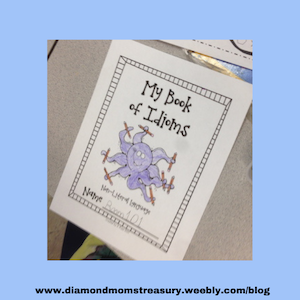
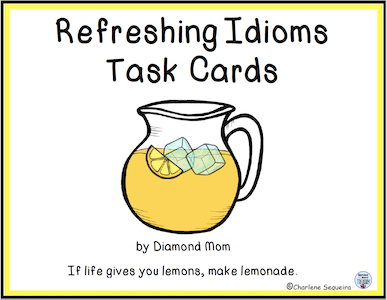
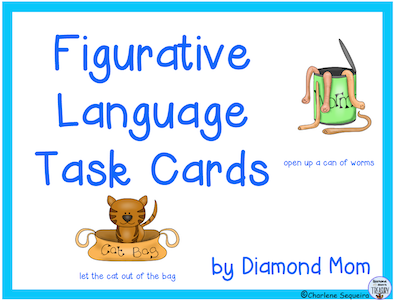
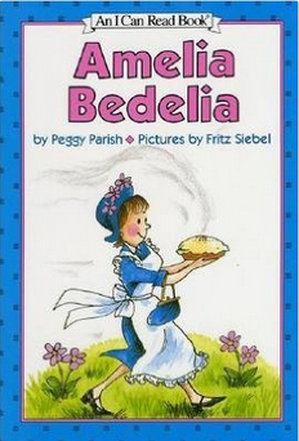
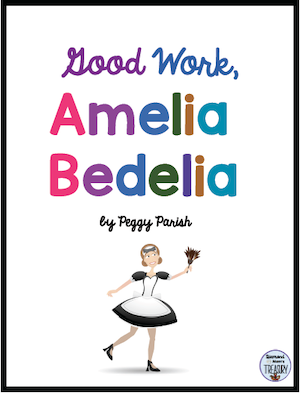
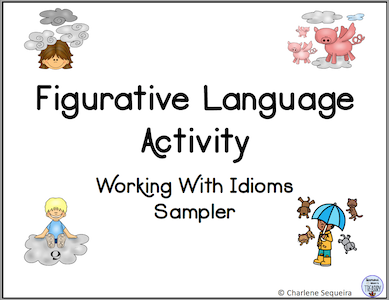


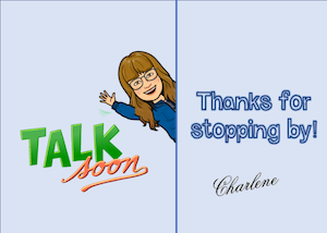
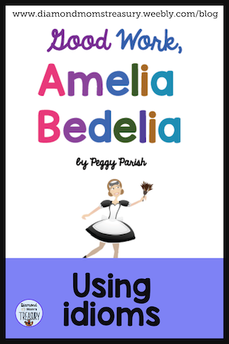
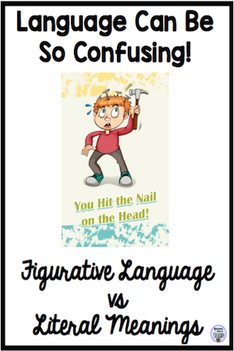



 RSS Feed
RSS Feed